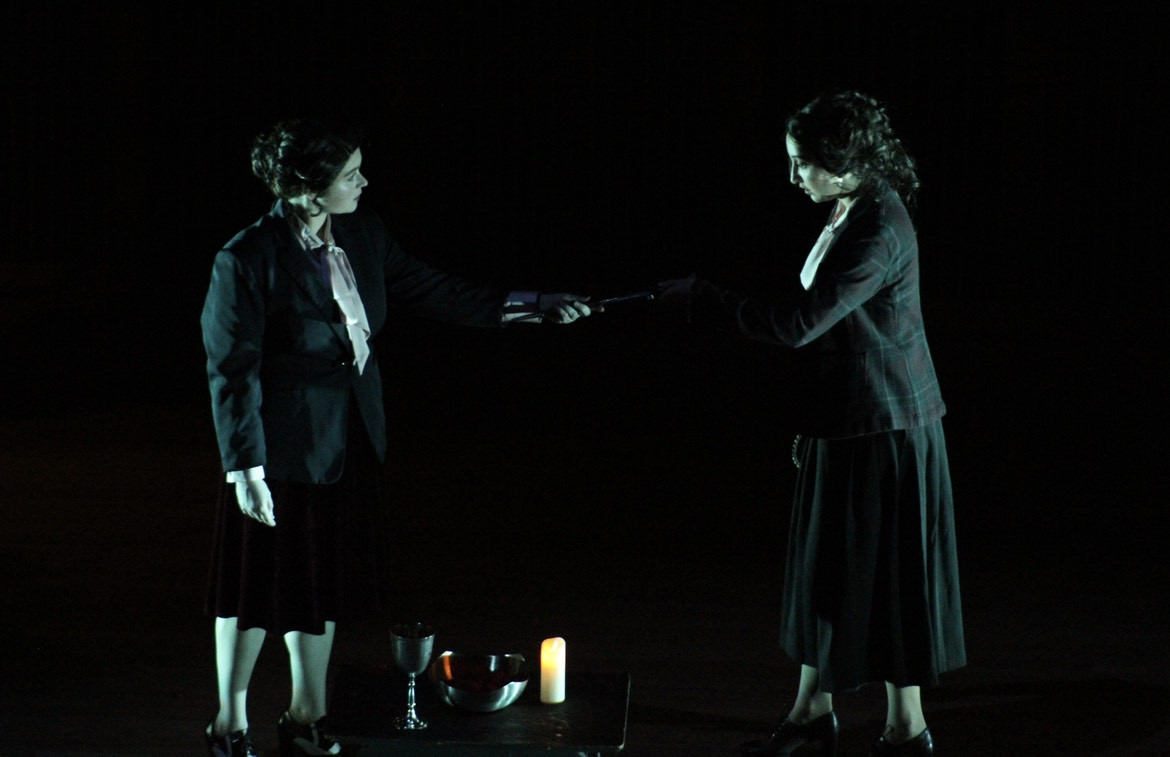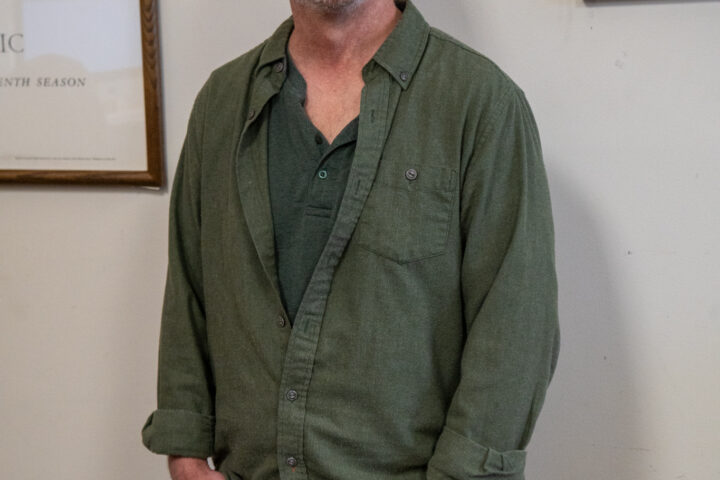Benjamin Britten’s morbidly captivating opera, The Turn of the Screw, made its premiere at the Aaron Copland School of Music at Queens College this past March under the direction of Alexander Paul Sheerin. The wildly talented cast provided audiences with a ‘convincingly atonal performance’ said senior Conner Goodfellow. Graduate student Kyle Kazimir added that the performance was ‘unsettling in the best ways possible.’ Both Goodfellow and Kazimir were audience members in attendance and music majors. Britten’s score is riddled with technically demanding passages and motifs, nonetheless, the vocalists and orchestra members rose to the occasion in performing such a musically challenging masterwork.
Not only does the atonal nature of this opera stray away from any aural expectations audience members may have had before entering the theater, but the content of the libretto sets it apart from the predictably dramatic platitudes we may see on most college stages. The audience follows the protagonist who we come to know only as ‘the Governess’ and her descent into madness as she experiences the ghastly happenings at Bly Manor. She encounters two dreadful apparitions who possess the two children, Miles and Flora, who she is hired to care for. As she continues to be haunted by one of these specters, Peter Quint, it is unveiled that he was the former chauffeur of the house, who had sinister intentions towards Miles. We never receive a direct account as to what truly happened between the children and their respective demons, as obscurity encompasses this enigma of an opera.
The opera concludes in a mystifying manner, as the Governess seems to excise the spirit of Peter Quint from Miles’ body, in turn killing him. The incidents that the Governess witnesses become increasingly complex, making us ponder whether the supernatural has manifested itself in front of our eyes, or if instead she herself is unhinged. The score’s atonal nature clearly and effectively conveys the emotions behind every line and mood change. Adrian Gutierrez, clarinetist of the production’s orchestra, embellishes this idea, insisting that, “Since Britten’s music is so complex, listeners get a deeper and much more different take on color changes within the context of opera.”
This piece, being a 20th century composition, is littered with specific characteristics that differentiate it from the typical Mozart or Puccini operas many have come to love. The most prominent theme within the opera is composed of a twelve tone row, which means that every pitch in the chromatic scale is employed without repetition until the sequence is complete. This technique is a cornerstone of many 20th-century works, as contemporary composers pioneer new ways of formulating music and discover the implications of free tonality. The Turn of the Screw at Queens College this past month was especially effective, as the lighting, alongside the costume and set designs were carefully crafted to utilize the LeFrak Concert Hall stage in the most efficacious manner. This piece is surely an experience in itself, however the Aaron Copland School of Music’s presentation of it was particularly stellar. The ability of the students to pull off such an esoteric piece with this magnitude of success is surely a marker of superb craftsmanship and dedication.











